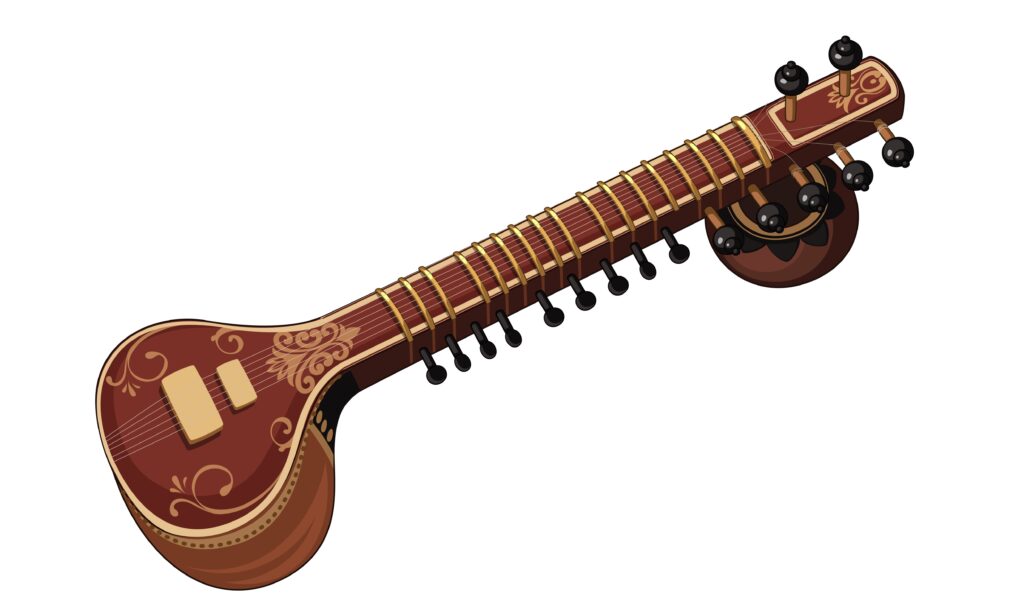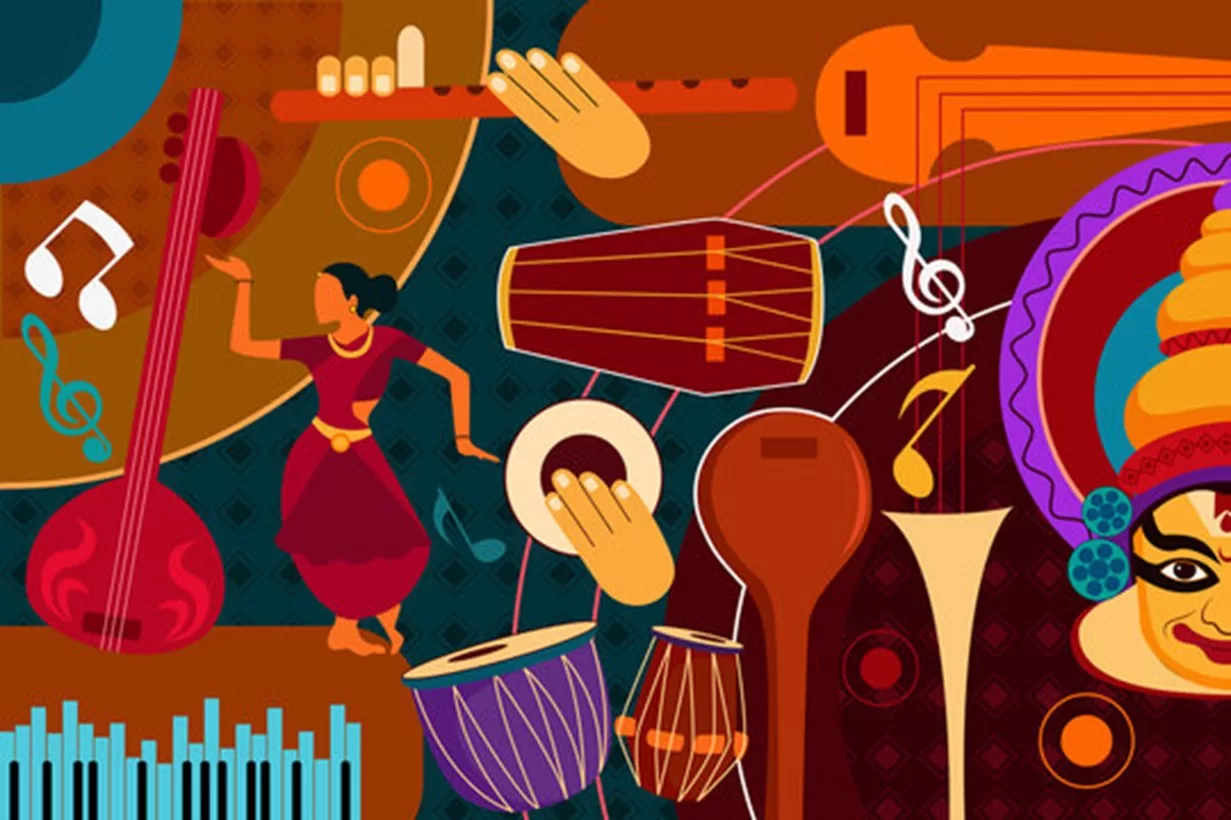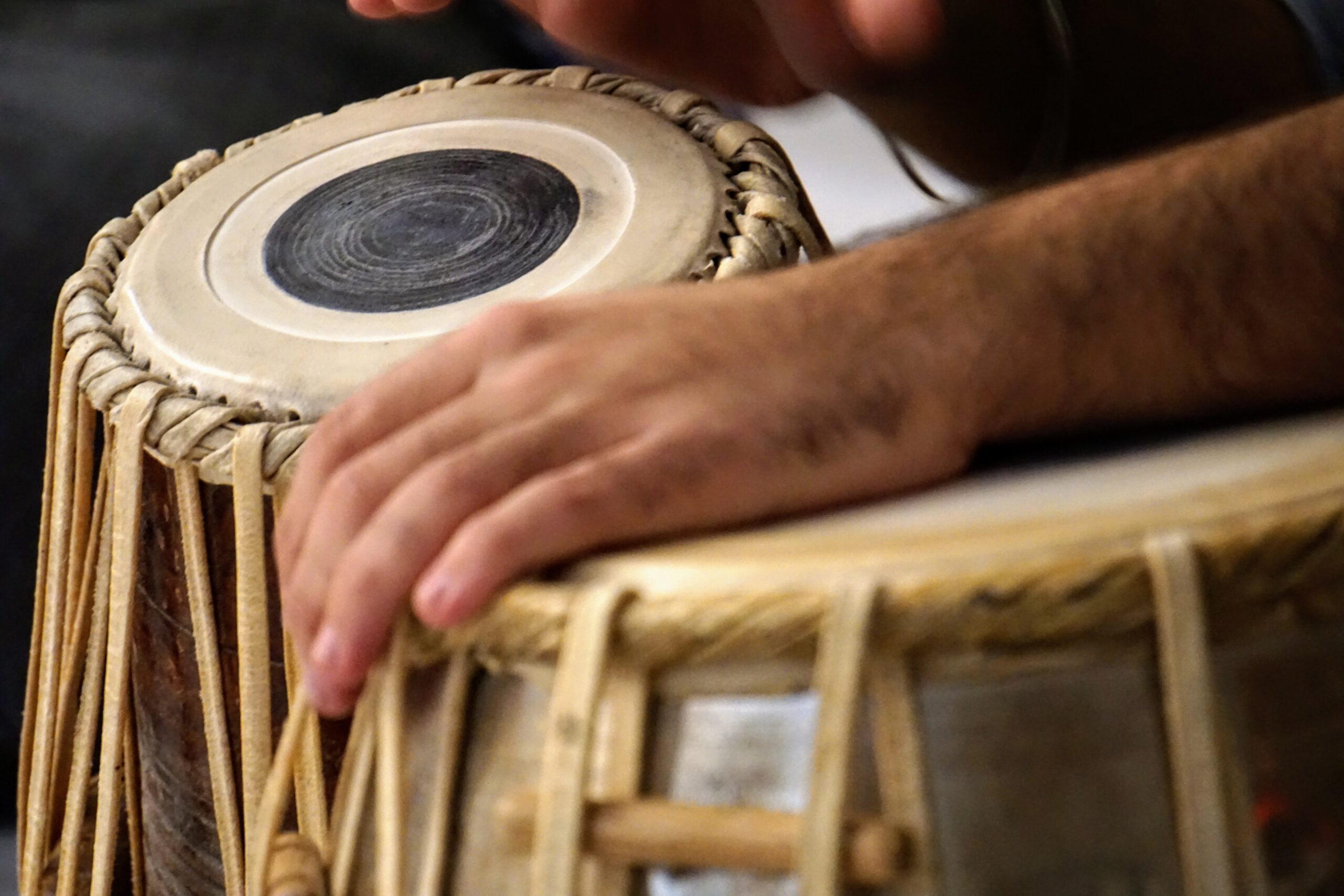Introduction:
Carnatic music, the classical music tradition of South India, has captivated audiences for centuries with its rich melodies, intricate rhythms, and profound spiritual undertones. While deeply rooted in its South Indian heritage, Carnatic music has transcended geographical boundaries, spreading its wings across the globe and leaving an indelible mark on the musical landscape. In this blog, we embark on a journey to explore the global influence of Carnatic music, witnessing its fusion with diverse musical traditions and its impact on musicians and listeners worldwide.
The Melodic Journey:
Carnatic music, with its extensive repertoire of ragas and compositions, has mesmerized audiences worldwide. Its profound emotional depth and intricate melodic structures have inspired musicians from different cultural backgrounds. Through collaborations, performances, and recordings, Carnatic music has found resonance in various parts of the world, enchanting listeners and sparking a deep appreciation for its unique artistry.
Fusion and Cross-Cultural Collaborations:

One of the most significant contributions of Carnatic music to the global music scene is its fusion with diverse genres and musical traditions. Collaborations between Carnatic musicians and artists from jazz, Western classical, world music, and other genres have given rise to extraordinary musical explorations. These collaborations often transcend boundaries, creating harmonious blends that showcase the versatility of Carnatic music and facilitate cross-cultural exchange.
Global Outreach and Performances:
Carnatic music festivals, concerts, and workshops held in different parts of the world have become platforms for showcasing and promoting the art form. Renowned Carnatic musicians travel extensively, spreading the beauty and intricacies of this music tradition to diverse audiences. Carnatic music has found dedicated followers and enthusiastic learners in various countries, with artists and students immersing themselves in the nuances of this ancient art form.
Education and Research:
The influence of Carnatic music extends beyond performance and collaboration. Universities, music schools, and research institutions worldwide offer courses and programs dedicated to the study and practice of Carnatic music. Scholars and researchers delve into its historical context, theoretical frameworks, and pedagogical methods, contributing to a deeper understanding and appreciation of the art form.
Cultural Exchange and Preservation:

Carnatic music’s global influence not only promotes cross-cultural exchange but also encourages the preservation of traditional South Indian musical heritage. Collaborations and interactions between artists from different backgrounds facilitate the preservation and revitalization of ancient compositions, traditional instruments, and performance techniques. This intercultural dialogue enriches both Carnatic music and the other genres it encounters, fostering a mutual appreciation for diverse musical expressions.
Conclusion:
As we conclude our exploration of the global influence of Carnatic music, we recognize the significant impact it has had on the musical world. Beyond its origins in South India, Carnatic music has found a home in the hearts of music lovers worldwide. Its ability to transcend cultural boundaries, embrace diverse influences, and foster collaborations has made it a truly global phenomenon. As it continues to evolve and inspire, Carnatic music serves as a powerful testament to the universality of music and its capacity to bridge cultures, bringing people together in the harmonious celebration of art.











4 thoughts on “Beyond Boundaries: Exploring the Global Influence of Carnatic Music”